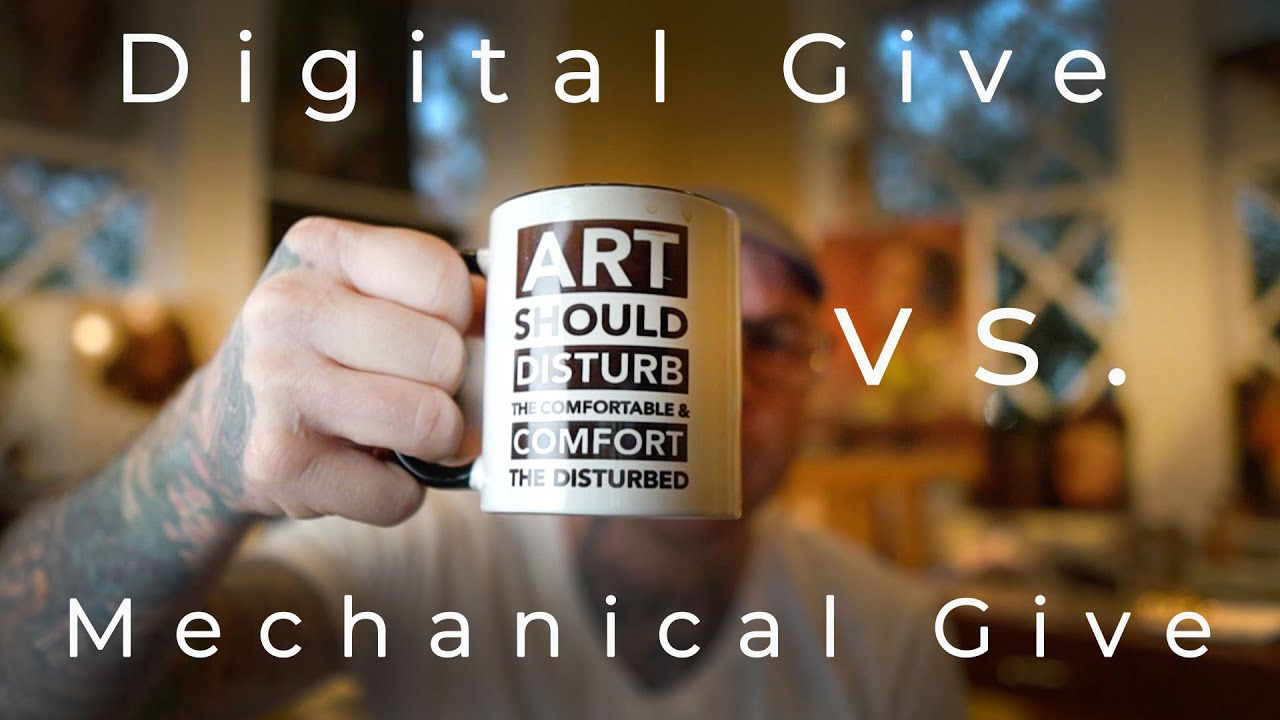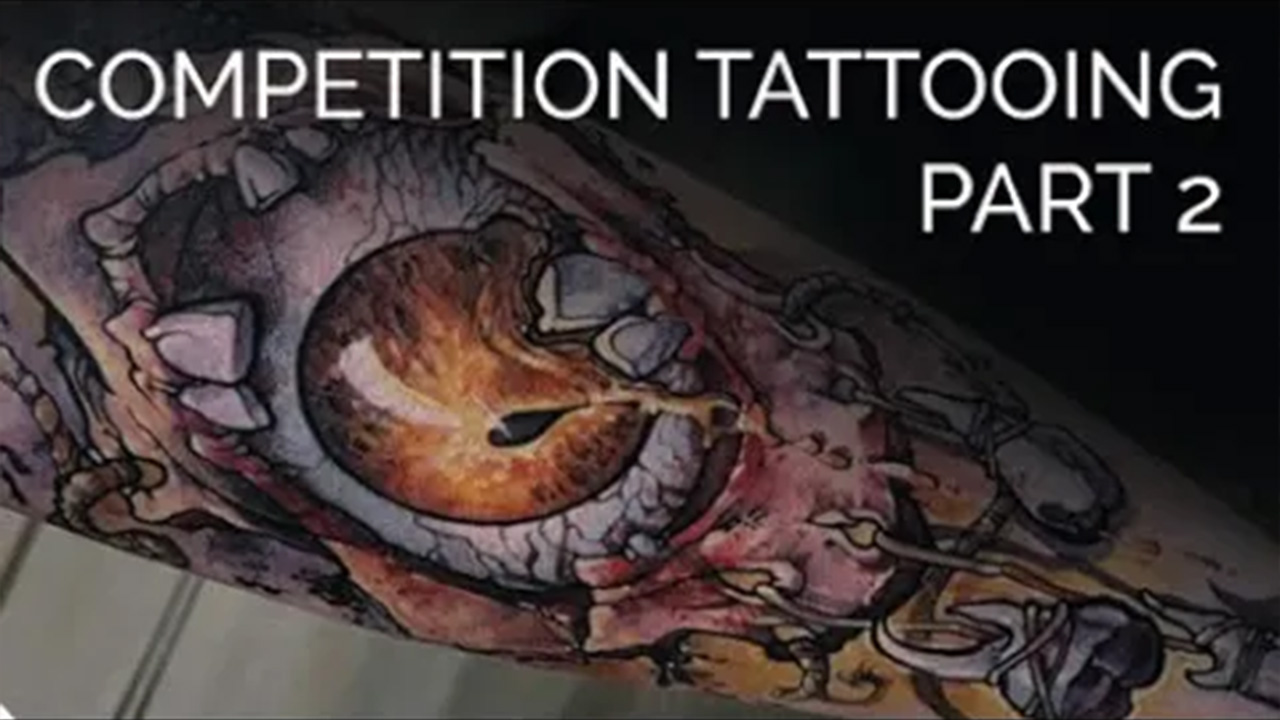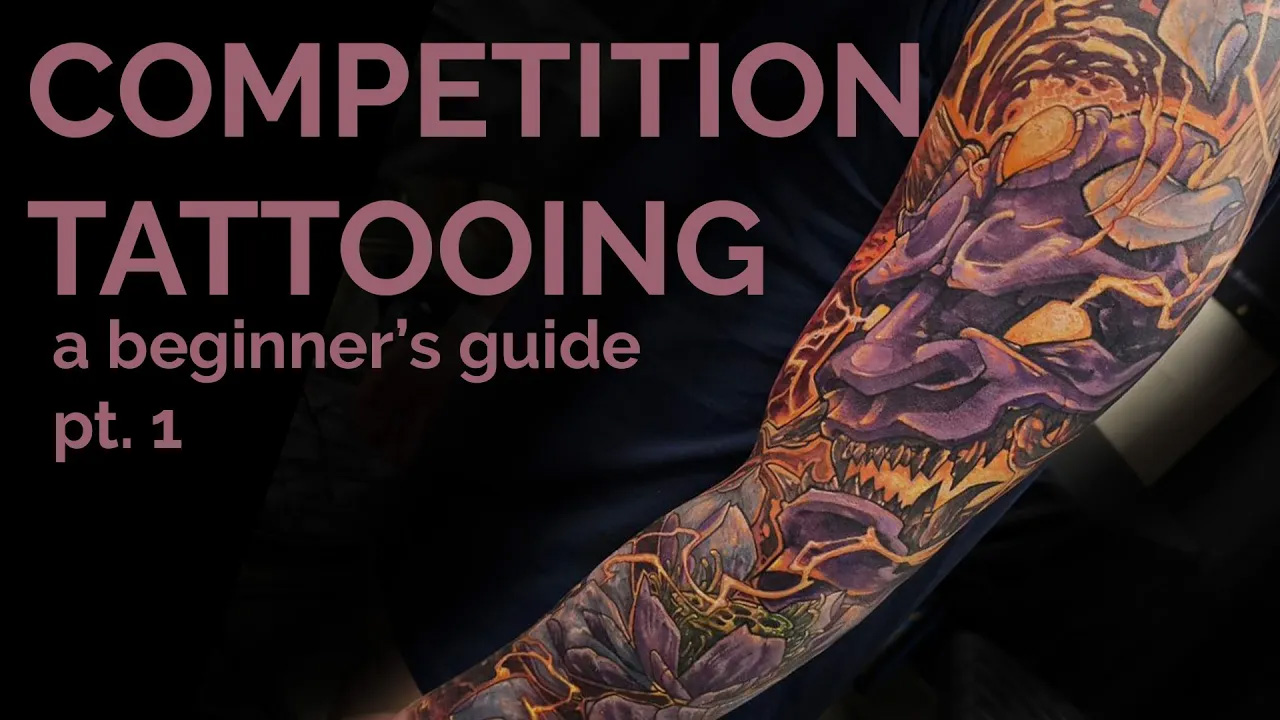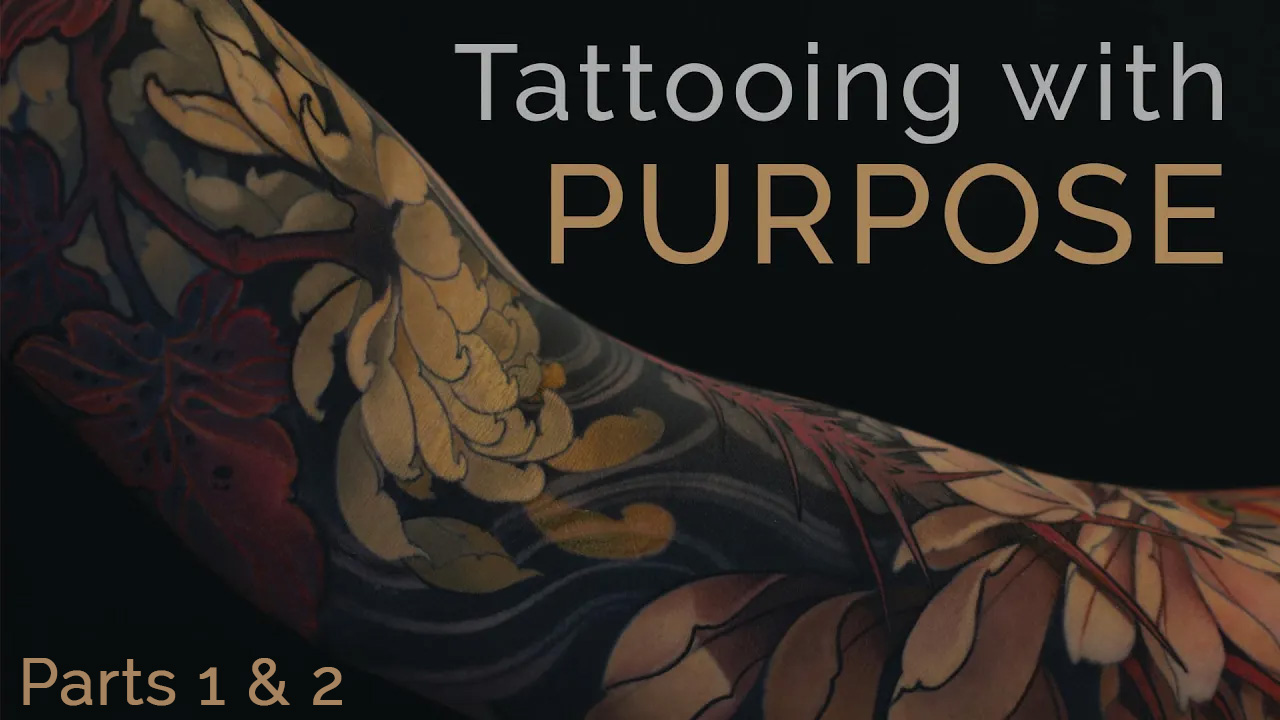Tattoo Science: HiTech Tattooing Tattoo Physics Part 3 Tattoo Overview Episode 10

Hi-Tech Tattooing! Tattoo Physics Part 3 | Tattoo Overview | Episode 10
Interview By Jake Meeks —
Writing by Daniel Pushcarich -
Topics: Tattoos, Tattoo Physics, Aged Tattoos, Tattoo Technology, 3d Modeling for Tattoos, tattoo pigments, tattoo ink
This episode was made possible thanks to:
Tattoos in Real Life
“...but then as the tattoo ages, when it comes back healed, very rarely do the healed colors look like the fresh color looked.”
- Jake Meeks
When we look at a tattoo, we are seeing the result of light reflecting off of ink particles in the skin. But what happens to the tattoo over time? How does it age and change?
In this part of the series we’ll be going over A few different aspects of how light interacts with tattoos, and also some of the hurdles that tattooers face when making color decisions. We will also touch on emerging technologies that have been aiding tattooers in allowing for better informed decisions in regards to the visual aspect of a tattoo as it ages.
How Light Interacts with a Tattoo
“...if you think about a glass of water when you shoot a flashlight through the glass you can see the light bend the index of refraction inside of the glass.”
-Shawn Bellina, S8 Chemist
A Photons Journey
When light hits the surface of the skin, it is partially reflected and partially transmitted. The transmitted light then passes through the epidermis (the outer layer of skin) and dermis (the inner layer of skin). The epidermis is composed of cells that are translucent, meaning they allow light to pass through them.
Light as it travels deeper into the skin has an amount of force. As that force moves through the skin cells it refracts and loses energy until it reaches the tattoo pigments. The tattoo pigments cause some of those photons to absorb and some to reflect. Then the reflected photon travels back through the skin losing more energy being absorbed in the skin cells until it reaches your eye. That energy loss is measured in wavelengths, and wavelengths also translate to colors. We will touch on several of these terms further down the article.
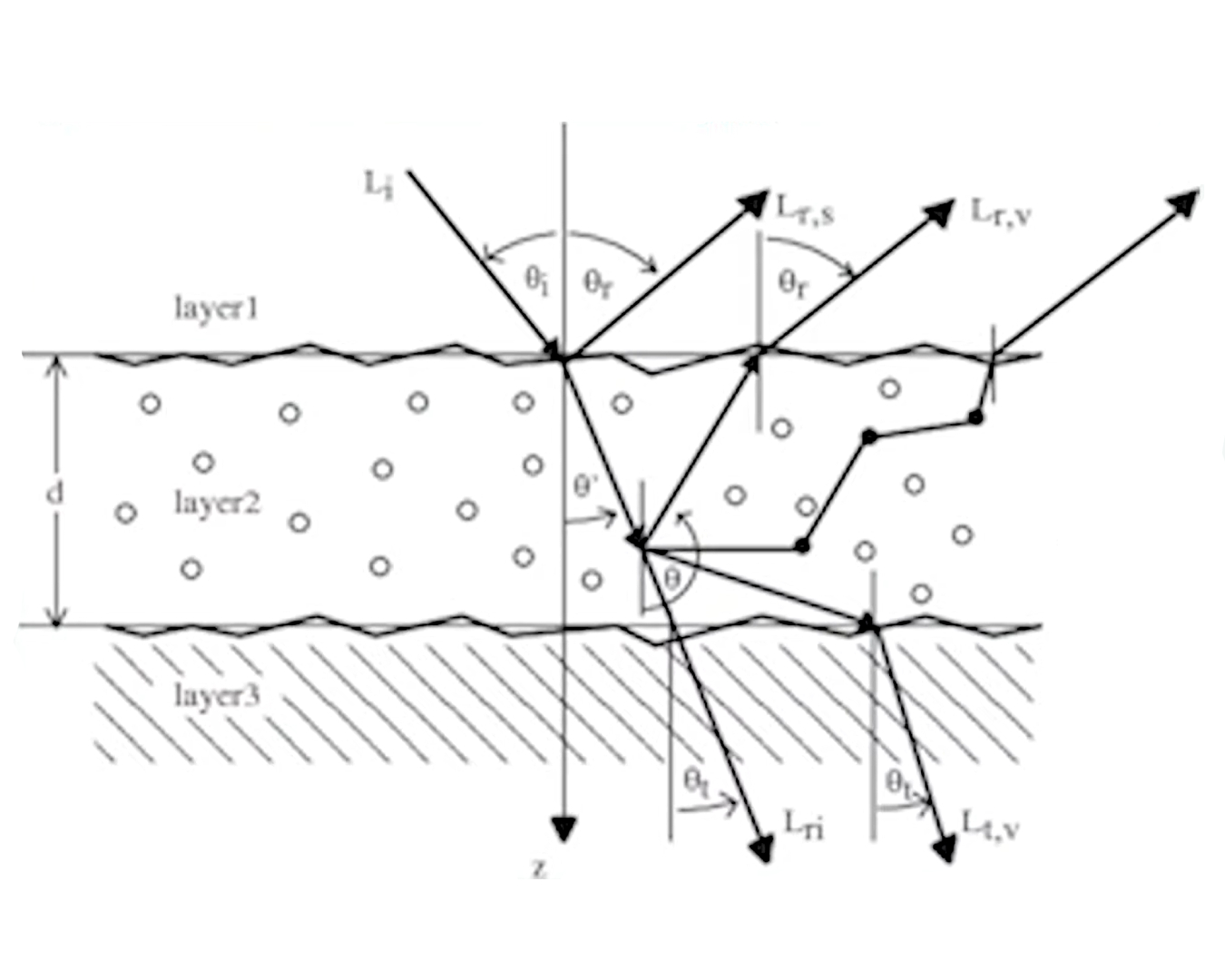
Refraction, Reflection, and Skin tone
“The layers of skin as they heal up don't distribute themselves evenly. It's like a static pattern and the trick is, is to say what is the base skin tone of this person and what wave lengths of light would be on the other side, essentially, of a color wheel.”
-Shawn Bellina, S8 Chemist
Take the Red Shift or the Blue Shift?
Skin ranges in a myriad of different shades. Tattooers often have to make many color decisions after the completion of a design based on additional factors in a person’s skin. Factors like the hue of a skin tone. Even though two clients may have a very similar skin tone the palette you use on one may vary depending on whether they have a warmer or cooler hue.
In a cooler skin tone blues, cool greens, and indigos will tend to fill out better. Although you can and should use warmer colors, sometimes a “cool” red might be more applicable to the situation. Depending on the client’s skin, a warm color on a cool hued skin tone might cause some colors to neutralize, or become “Muddy”, which is the same thing that happens when you mix complementary colors on a palette or in a tube.
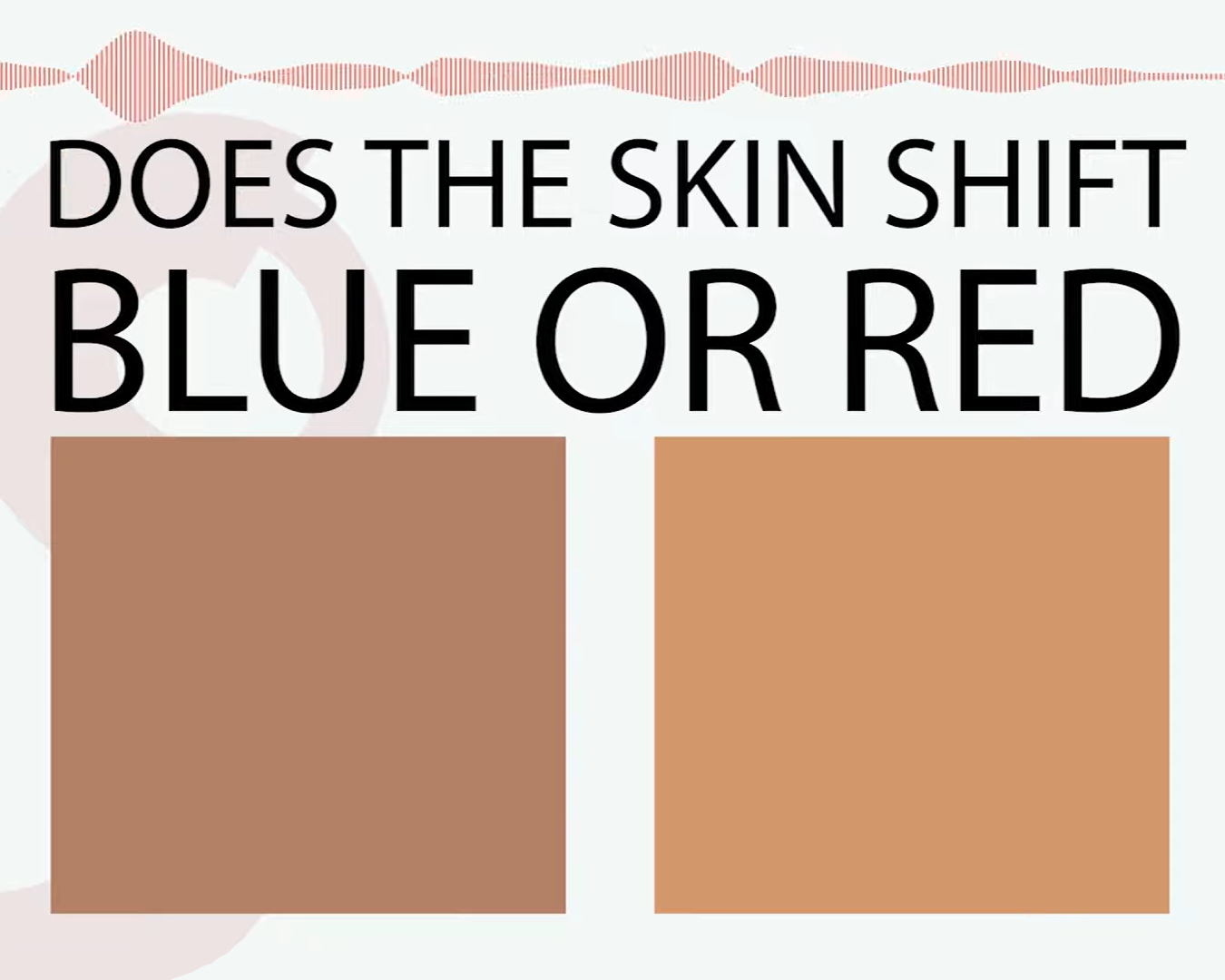
How the eye Perceives A tattoo
We’ve touched briefly on how light interacts with the skin, but it would also be beneficial to understand how your eye actually receives that information. Now we’re not going to give you a full lecture on the anatomy of the eye, rods and cones and how your brain transforms photons into a visual representation, but we will be talking a bit more in depth about things like the light spectrum, wavelengths and how light works.
Visible Light spectrum
Though there is a vast range of light on the electromagnetic spectrum that covers a multitude of wavelengths, there is only a small portion of that spectrum that we can actually perceive. This is called the “Visible Light Spectrum”. This is a small window of frequencies between the invisible infrared and ultraviolet wavelengths.
This is what we commonly call light. The retina receives a certain wavelength, and when it interacts with the eye, it generates a particular hue.
How Light Works in Terms of Colors
Colors are the end result of some frequencies of light being absorbed by an object and the color you actually see is the frequency that is reflected (not refracted) back into your retina. One example would be a red flower like a rose. Light hits the petals of the rose and absorbs the blue and green frequencies, while reflecting the red frequencies back into your eye.
This is doubly true of an aged tattoo. Not only does the light have to travel to the tattoo and back, but it has to travel through several layers of skin cells that have healed over the tattoo. This is why a healed tattoo looks so different. The skin acts like a filter and that filter can have a number of different shades and hues which can affect how the tattoo looks over time.
Wavelengths
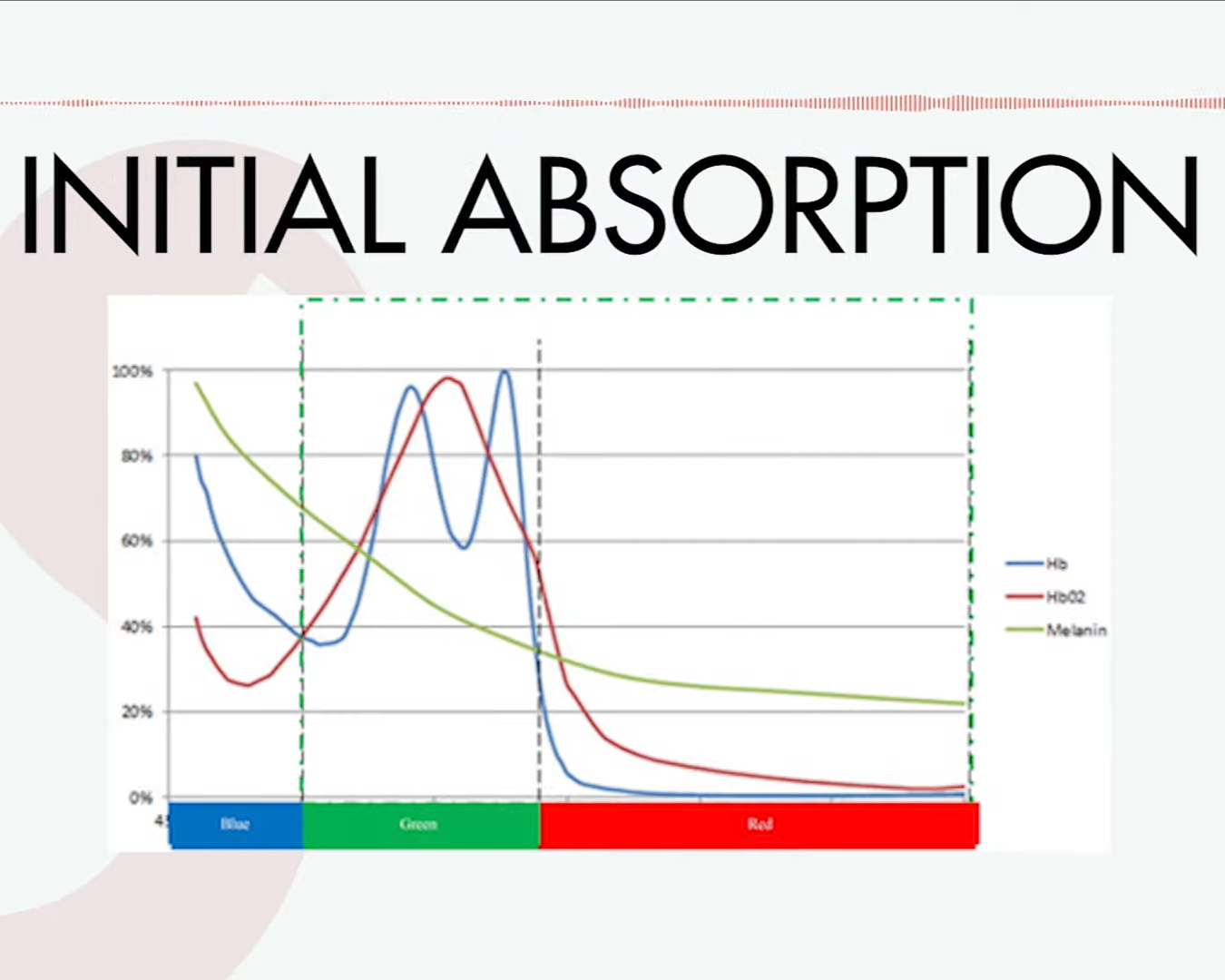
Wavelengths can actually be calculated to determine what colors the eye is able to perceive.
-“The optical frequencies of human response are around 400 nanometers (nm) to 700 nm, with peak sensitivity at 555 nm- the green region of the spectrum. In the blue-green region (around 500 nm), only 50% of light entering the eye reaches the image point on the retina, and only 10% at 400 nm (violet region). This is because the transmission of light decreases as the wavelengths get shorter (Davidson 2015)”
-The Science of Tattooing (p.37) - Hannah Wolf
Nobody is saying that you need a spectrograph every time you go to choose tattoo ink, but knowing a bit about the physics of light interactions can definitely be helpful.
Technology for Tattooing
3D Modeling
Recently there have been a number of different emerging technologies that can bolster our ability to make informed decisions with regard to tattoo ink colors with different skin tones and environment.
Products like Photoshop, Procreate, and Clip Studio Paint to name only a few have incorporated 3D modeling to their assets. There are a few other more powerful softwares like Z-Brush and Blender that focus on this specifically. Mostly this technology is used for modern video games which rely heavily on real world physics to determine things like proper lighting, colors, and texture.
Another topic we will touch on in part 4 of the series is how tattooers could standardize and systematize the range of skin tones that they encounter, and how that could also create a better, more informed process for choosing a color palette.
By utilizing the above mentioned standardized “skin tone range” and this 3d modeling technology in programs we already use for designing tattoos we can create an opportunity to check how a tattoo will look in a number of different situations:
- Aged
- Whether there is a cool or a warm shift in the skin tone
- In different lighting conditions
- If that person has a skin condition
- Many other factors
This would streamline all of the factors above and get rid of a lot of the guesswork.
Want more tattoo education and resources?
Check out our Tattoo Science & Technology catalog HERE!
Transcript for this video can be found (here). All transcripts can be found (Here)
The Fireside Tattoo Network is home to the Fireside podcast, Fireside Technique video series and our Fireside Weekly blog.
The Fireside Tattoo podcast is hosted by veteran tattooer Jake Meeks, check out our episodes where we discuss, argue and wax philosophical, from tips for all levels of artists to trends in the tattoo world. Many guest artists have sat down for interviews and in-depth conversations and many more are planned…check back often!
Our Fireside Tattoo Overview video series offers informative, short, and detailed videos geared towards helping artists understand the science and nuances of tattoos and make more informed decisions to improve their work. We often take some of our more technical topics from our Fireside podcast and film an in-depth, narrated, time-lapse video showing exactly how Jake or our featured artists handle certain issues.
Support us while buying the stuff you need at the links below!
- Get 10% off the Neuma 4 with code “Fireside” at checkout
https://neumatattoo.com - Get 10 % off all S8 Tattoo products with promo code “Fireside”
https://s8tattoo.com/ - TattooNOW Website and Automation services at the link below
https://TattooNOW.com/Fireside - Get 10% off your order from Raw Pigments with code “fireside”
https://rawpigments.co/
Tattoo Science
Our goal as tattooers is to get ink into skin as efficiently as possible while causing the least amount of skin trauma in the process.
By gaining a basic understanding of how ink actually gets into skin, we give ourselves a much better chance for success. The Fireside Tattoo Network has interviewed specialists in tattoo machines, ink, fluid dynamics, and tattoo physics to bring you the most comprehensive tattoo science and physics information available anywhere.
Check out these popular tattoo science and tech articles:
Still interested, want more? You can look at our podcast episodes HERE!
Recent News
Inside Fireside: Mentality, Pain Management, and the Art of Client Care with Kurt Jacobson
- 09/06/24
Why Do We Care About Give? - Carson Hill
- 07/24/24